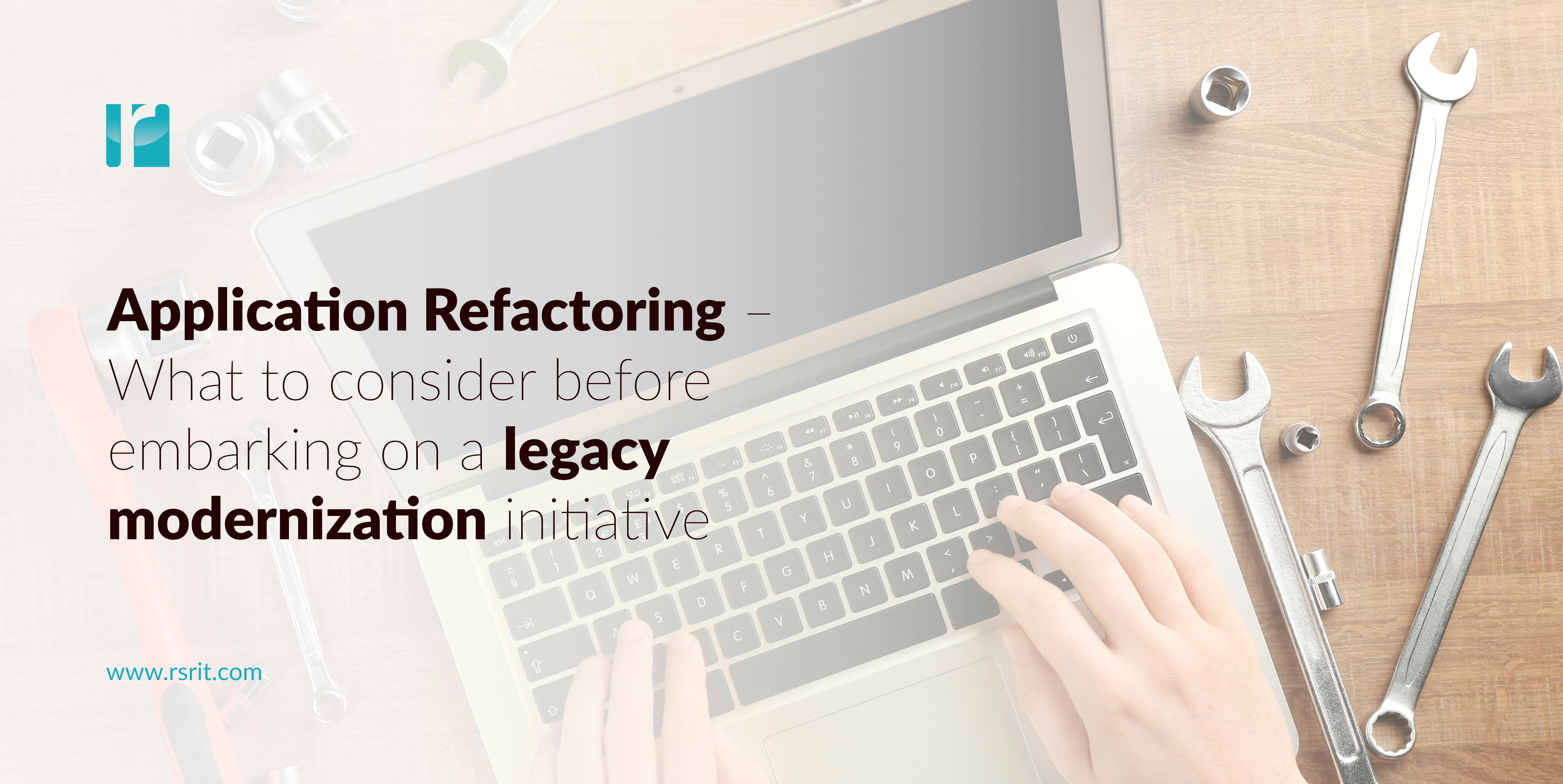IT modernization initiatives tend to assume that older applications will be completely rewritten or replaced as part of the process of bringing legacy systems into the digital age. But there’s another option to consider: Application refactoring.
Application refactoring is the process of improving software code without changing the way in which it interacts with users or other applications or databases. It’s essentially a cleanup and reorganization of internal structures, often by removing the “bloat” that can accumulate over many years of updates, tweaks and bug fixes by multiple programmers.
Done well, application refactoring results in tools that are more efficient, easier (and cheaper) to maintain and more prepared for future updates and extensions. It also often identifies dormant bugs and eliminates hidden legacy vulnerabilities.
In many ways, application refactoring is the software equivalent of organizing a cluttered workshop. Critical tools are labeled and put in the most appropriate places, broken and obsolete tools are discarded or repaired as appropriate, room is made for new tools and the entire area is made more efficient and effective. The end result is less the creation of new capabilities and more a matter of increased efficiency, plus added adaptability for future functional upgrades.
And in the same manner that one would organize a busy workshop’s clutter in an iterative, one-thing-at-a-time process that minimized disruption and quickly identified changes that got in the way of necessary workflow, application refactoring also follows a lean development-like process of small changes followed by real-world testing rather than the disruption-prone “One Big Release” model.
In addition to application refactoring, modernization initiatives may also take on the process of database refactoring. The nature of databases can make this more complex than application refactoring, as the “reorganization” of a tool that is inherently about data organization can lead to significant practical problems if handled poorly. As legacy databases are brought into the digital era, one key challenge is updating their design schema to interact with new AI and machine learning tools without harming their internal integrity or external relationships.
Interested in what application refactoring could accomplish for your organization’s cluttered “digital workshop” and what you might be able to accomplish as a result? Contact us to find out more.



